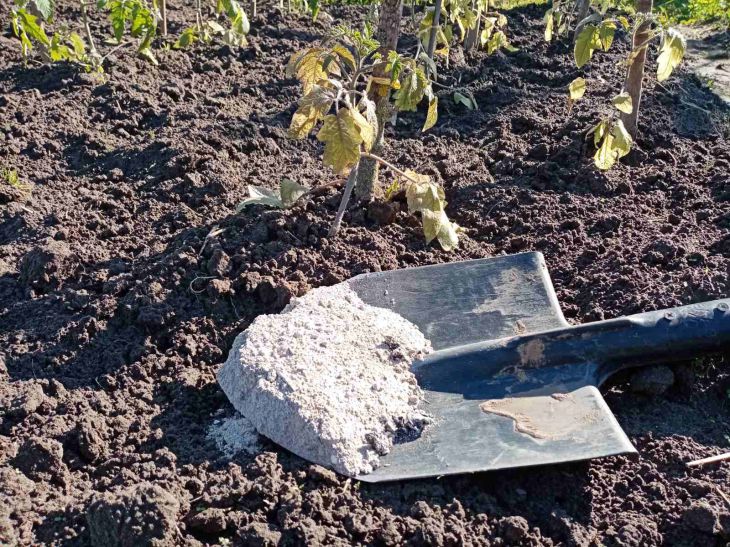What to do if there are living creatures in the compost: can you use fertilizer
Compost is not just a fertilizer for future plantings, but also a comfortable environment for various creatures. These are not only microorganisms invisible to the eye, but also various bugs, worms, and others.
It is impossible to call all of them pests, because without some of them the compost maturation process is impossible.
Woodlice
They do not cause any particular harm to the fertilizer, but, on the contrary, help the remains of organic matter to decompose faster. And yet, such helpers have nothing to do in the beds. Woodlice can damage the roots and foliage of beets, legumes and other vegetables.
Ants and earwigs
These are signs that the decomposition of organic matter has slowed down. It will be necessary to increase the temperature inside the pit (up to 49 degrees Celsius).
For example, you can add blood meal, shellfish shells or manure.

How to get rid of pests
Of course, you can't catch them by hand. Gardeners haven't come up with anything else yet, except to spread a thin layer of fertilizer on a tarpaulin, wait for it to dry, and the insects to run away.
You can sift the compost through a large sieve into a garden wheelbarrow and destroy any pests that come across, which will also improve the quality characteristics of the fertilizer.
The only inhabitants of the compost heap that should not be touched are earthworms. This is a sure sign that the fertilizer is 100% ready for use.
